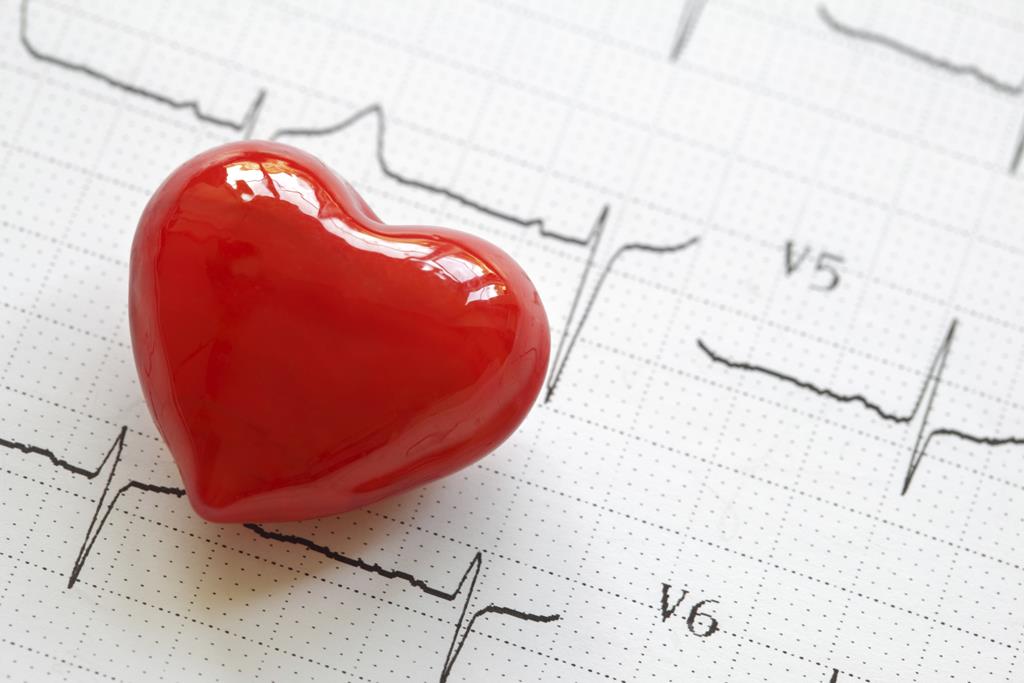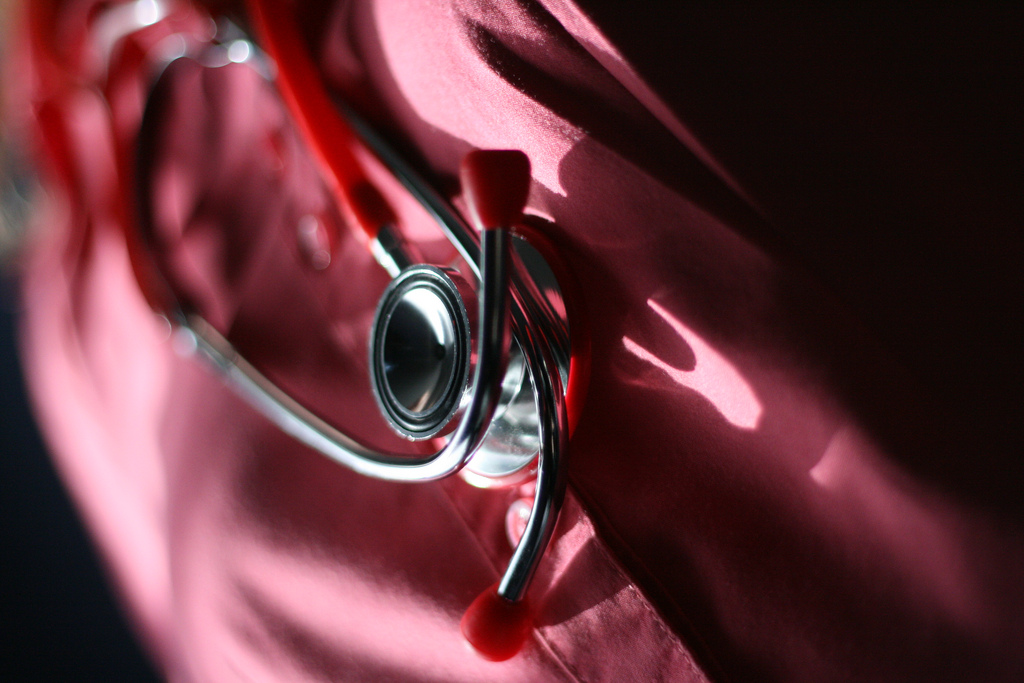Atrial Fibrillation (or AFIB) is an irregular heartbeat, and the most common heart arrhythmia, affecting over 2.7 million Americans. There is an existing connection between AFib and stroke, with 20% of strokes being attributed to atrial fibrillation. Stroke, which is the number four cause of death in the U.S., occurs when blood supply is cut off from the brain.
In order to get a clear picture of the connection between atrial fibrillation and stroke, one must have a working knowledge of the basic functions of the heart.
Anatomy of the Heart
The heart, a relatively small muscle responsible for pumping oxygen-rich blood throughout the body, is made up of four chambers. The actual shape of the heart isn’t a perfect circle, but it is somewhat circular, so one can imagine it as a slightly crooked pie chart that is made up of four sections.
These sections are two smaller, upper chambers which are known as the left and right atria. The other two lower chambers are the right and left ventricles. Blood is pumped into the ventricles by the atria, and the ventricles, which are larger and stronger than the atria, pump blood to the rest of the body.
The actual beating of the heart is made possible by mechanisms involving electrical impulses. Every heartbeat begins in your right atria, where groups of cells known as Sinus Node (SA Node) signal the atria to contract and therefore squeeze blood forward and into the ventricles. This electric signal that started in the aria then moves on to a different node at the center of the heart, the Atrioventricular Node (AV Node). It is this node that signals the ventricles, causing a contraction that goes on to send blood out from the heart and onto the rest of the body.
A typical heart beats 60-100 times a minute.
Atrial Fibrillation
Have you ever extended your hand when being introduced to someone, expecting the other person to respond and give your hand a firm clutch, but instead, you got a weak, quivering grip? It happens from time to time, and it’s pretty similar to what goes on in the chambers of the heart.
AFib occurs when the atria receives erratic signals from the SA Node, causing a quiver, instead of a firm squeeze. It is this quivering that doctors call fibrillation, and it happens rapidly, resulting in constant quivers that happen faster than a normal contraction. The AV Node receives these erratic signals and pass them on to the ventricles, ordering them to pump faster too, and this all leads to a fast, irregular heartbeat.
Because of this miscommunication, blood that should’ve been released into the ventricles and out into the rest of the body can instead lag and pool inside the atria. Whenever blood pools, there’s a risk of clotting- and the problem with a blood clot is it can block oxygen-rich blood flowing out of the heart to be used by sensitive organs such as the brain. AFib increases the chances of forming these types of clots and experiencing a stroke.
What Causes Strokes
A stroke may be caused by blockage in major blood vessels transporting blood to the brain, such as is the case with AFib, but it may also be caused by a raptured blood vessel. The connection between AFib and Stroke is made where clotting results from an irregular heartbeat- which the National Stroke Association says is among the worst types of stroke (it causes considerable functional impairment when a person survives).
According to the National Stroke Association, AFib can be treated – but in most cases people don’t know they have the condition. Treatment involves blood-thinning medication, which is used to prevent clots. AFib may also be treated using catheter ablation, which is a non-invasive procedure used to wipe out the source of the erratic electrical signals.
Sourced from: Alot
Photo by Pete / Public Domain




